Glazed pots
viviane58
13 years ago
Featured Answer
Comments (24)
gravyboots
13 years agolast modified: 9 years agotapla (mid-Michigan, USDA z5b-6a)
13 years agolast modified: 9 years agoRelated Professionals
West Milford Landscape Architects & Landscape Designers · Foothill Ranch Landscape Architects & Landscape Designers · Summit Landscape Architects & Landscape Designers · Towson Landscape Architects & Landscape Designers · Clark Landscape Contractors · Fairview Landscape Contractors · Louisville Landscape Contractors · Lynchburg Landscape Contractors · Mastic Beach Landscape Contractors · Porterville Landscape Contractors · San Pedro Landscape Contractors · Whittier Landscape Contractors · Norridge Landscape Contractors · Shenandoah Landscape Contractors · Morton Grove Interior Designers & Decoratorstapla (mid-Michigan, USDA z5b-6a)
13 years agolast modified: 9 years agojane__ny
13 years agolast modified: 9 years agofred
13 years agolast modified: 9 years agodonaldb
13 years agolast modified: 9 years agojane__ny
13 years agolast modified: 9 years agofred
13 years agolast modified: 9 years agojojosplants
13 years agolast modified: 9 years agotapla (mid-Michigan, USDA z5b-6a)
13 years agolast modified: 9 years agojodik_gw
13 years agolast modified: 9 years agofred
13 years agolast modified: 9 years agojojosplants
13 years agolast modified: 9 years agojodik_gw
13 years agolast modified: 9 years agorhizo_1 (North AL) zone 7
13 years agolast modified: 9 years agojane__ny
13 years agolast modified: 9 years agomarquest
13 years agolast modified: 9 years agoGrowSis
11 years agolast modified: 9 years agotapla (mid-Michigan, USDA z5b-6a)
11 years agolast modified: 9 years agoGrowSis
11 years agolast modified: 9 years agoGrowSis
11 years agolast modified: 9 years agotapla (mid-Michigan, USDA z5b-6a)
11 years agolast modified: 9 years agoTTpottery Vietnam
8 years ago
Related Stories
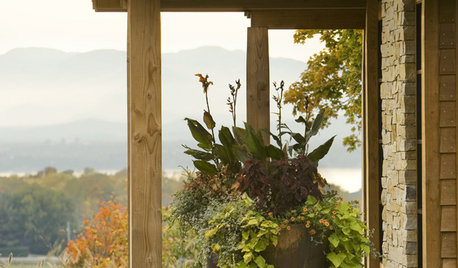
GARDENING GUIDESGrow a Beautiful Fall Garden in a Pot
Welcome autumn with 7 gorgeous plants that thrive in containers and enliven your porch or patio throughout the cooler season
Full Story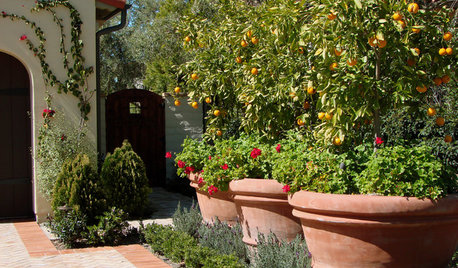
GARDENING GUIDESPick the Right Plant Pot to Flatter Your Landscape
To play matchmaker for your container garden and its surroundings, you've got to know all the materials and pick the right style
Full Story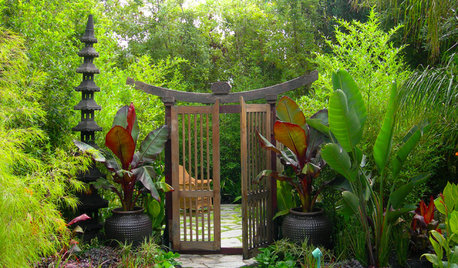
CONTAINER GARDENS10 Ways to Take Containers Beyond the Patio
Enliven your landscape with pots and containers
Full Story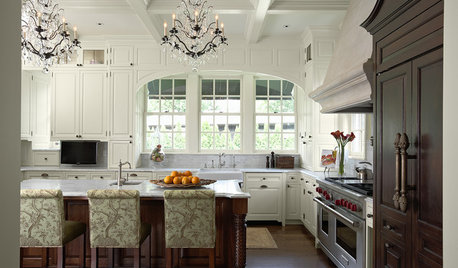
KITCHEN WORKBOOK15 Elements of a Traditional Kitchen
Small details take center stage with decorative moldings, glazed finishes, raised panels and more
Full Story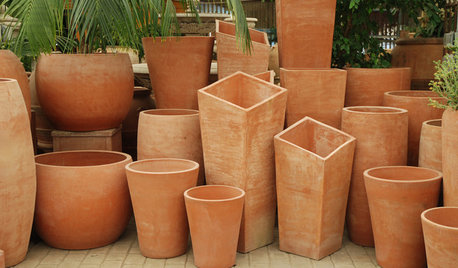
CONTAINER GARDENSBeat the Frost With Natural Terra-Cotta Containers
Here's how to protect your pots during the cold winter months
Full Story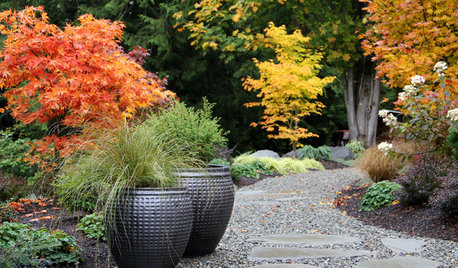
CONTAINER GARDENS9 Tips for Creating an Artful Container Garden
Make your potted plantings a beautiful sight with these ideas for container types, plant groupings and more
Full Story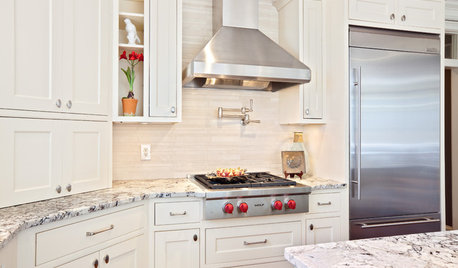
KITCHEN DESIGNHome Above the Range: Smart Uses for Cooktop Space
With pot fillers, shelves, racks and more, you can get the most function out of the space above your kitchen range
Full Story
FARM YOUR YARDHow to Grow Vegetables in Containers
Get glorious vegetables and fruits on your patio with a pro’s guidance — including his personal recipe for potting mix
Full Story
CONTAINER GARDENSPatio-Perfect Berry Bushes Like You’ve Never Seen
Small enough for pots but offering abundant fruit, these remarkable bred berries are a boon for gardeners short on space
Full Story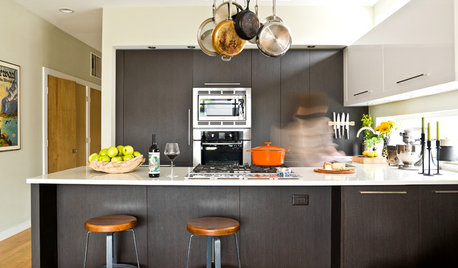
HOUSEKEEPINGHow to Clean Your Cookware So It Lasts
Avoid damage during everyday cleaning and stain scrubbing, with these tips for pots and pans made of popular materials
Full StoryMore Discussions









paul_